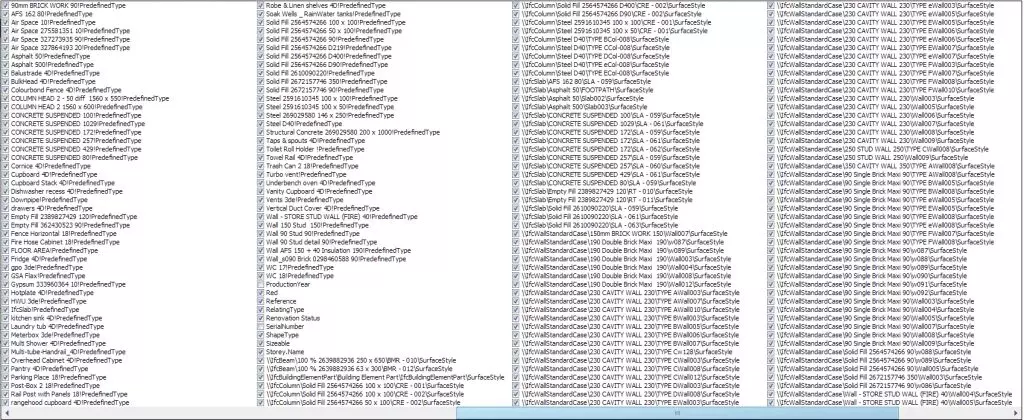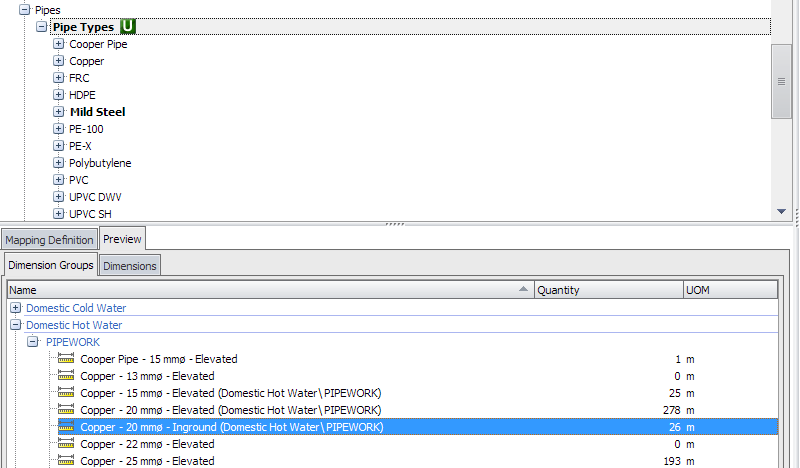10 mins read
My Favorite RIB CostX Feature: 3D Model Maps

Each month, we will ask a Product Specialist what their favorite feature of RIB CostX is and how it can be used. This month, we are speaking to our Brisbane-based Product Specialist Gavin Termine.
Hi there to all the RIB CostX Fans out there!
If you’re reading these RIB CostX blogs, I guess you’re probably a fan like myself. Within this blog, I’m sharing my favorite feature about RIB CostX.
The feature at the top of my list is probably the 3D BIM Model Maps. It is undoubtedly one of the most powerful features among the software’s huge range of powerful tools.
Now, to get this blog in the direction of using Model Maps, I’ll begin by saying that one of the most daunting prospects of dealing with modern large-scale 3D BIM models these days is the massive amount of data that is attributed to every single object within that model. Then there are the innumerable and diverse descriptions, categories and family groups created by the various 3D modeling software programs out there.
When you first open one of these 3D models and start examining its BIM data schedule, you are presented with information thousands of columns wide and rows deep in data.
For example, check out this schedule snippet below, taken from a relatively small model (80MB). It’s overwhelming, but when shown in the RIB CostX schedule handler, you can at least turn unwanted data off via the checkboxes or right-click to unselect all and then just turn on the stuff you need. Simple in theory!?

Okay, you can be forgiven for thinking, “How the heck am I going to sort all this data out and find the data I need”??
This is just a simple example as well- 3D models can get massive – over 100MBs in size! And if you’re not using a 64-bit system with (of course) a 64-bit version of RIB CostX, you’re not going to be able to even open these models. An awesome Rig would go a long way to making life easy for those serious about BIM! A very condensed 100MB model, once fully generated, can sometimes use over 10GB of RAM. Then, once all the revisions start coming through, and the RIB CostX auto-revisions of the updated models start being applied, well, all this adds up to more and more data…
So, how do I deal with all this aforementioned data? I use RIB CostX’s ‘holy grail’—model Maps!
With this tool, a RIB CostX user can choose not only what they want but also how they are going to measure it, what folders they would like to create to categorize their measures, what data or combination of data they would like to use to produce their measures … and the list goes on!
This is why RIB CostX Model Maps are still one of my favorite and rewarding tools. No matter how complex the Architects and Consultants’ models get, I know I have the technology to rein in their information and convert it into the data I need to quantify and price every aspect of the project.
For example, I’ve added an image below of some MEP objects that have been categorized in the model tree as per their basic materials. The client obviously wants the MEP priced up into their relevant services. Within this example’s Mapping Definitions, firstly in the ‘Folder:’ field, I’ve added an “IF” function in the formula to place any undefined pipes into the Sanitary section. In the ‘Dimension Group:’ field, I’ve separated the elevated piping from the in-ground piping using an “IF” function to segregate them by their invert levels. In this case, simply by sorting anything with an invert level less than zero, it will be considered in the ground.

The subsequent extraction gives me these results in the image below:

By the way, I’m just using the preview button to test my formula above. This way, if there are still unwanted results showing up, I can go back and make some adjustments.
You may notice how the Mild Steel folder is also in a bold font like the Pipe Types folder.
The reason for this is that while creating the examples, I found that the System Classification wasn’t a service description the client required. Instead of adding more “IF” statements in the Folder field formula of the Pipe Types, I just created an overriding Model Map definition to the Mild Steel group separately. See image below:

I could go on with many other examples here, but for now, I hope I have given a glimpse of the possibilities when using RIB CostX Model Maps and why I consider it one of my favorite features.
If you have any additional questions about this or other features, contact your local RIB team for further support. If you want to experience our powerful estimating and BIM takeoff software for the first time, get a free demo here!

Most Recent
10 mins read
10 mins read
11 mins read
10 mins read
Blog Categories

Ebook











